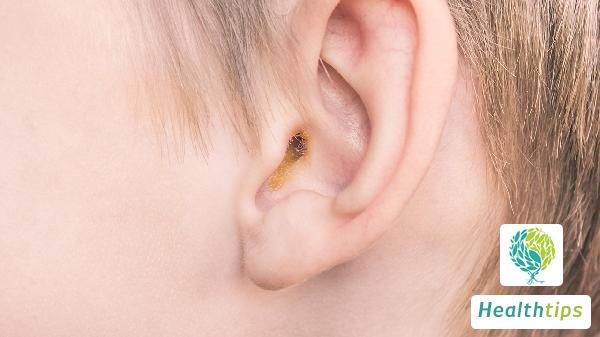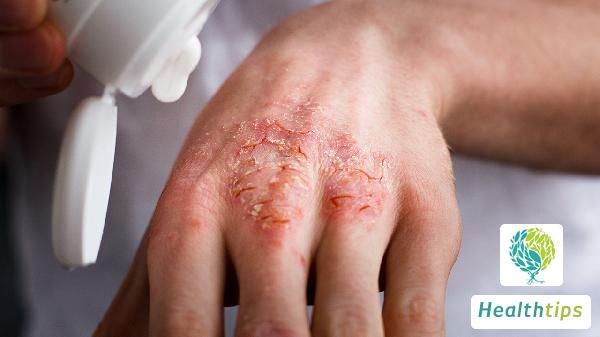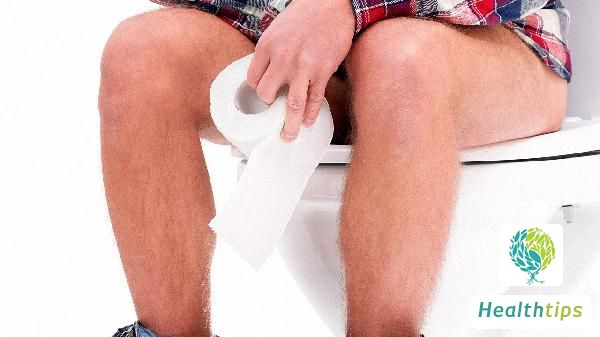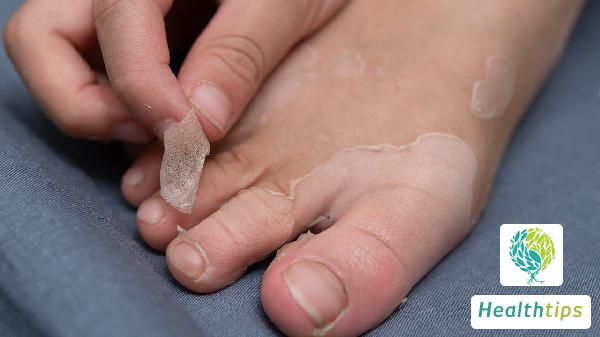Is It Accurate to Measure Blood Sugar at Home?
If the blood glucose meter is purchased from a reputable manufacturer, testing blood glucose at home is generally accurate.

If the patient purchases a blood glucose meter from a reputable manufacturer and performs the blood glucose test at home correctly, the results are generally accurate. If there are doubts, the patient can bring the blood glucose meter to the hospital and use it to monitor their fingertip blood glucose level while drawing venous blood for comparison.
This applies to both diabetics and non-diabetics. Monitoring blood glucose at home is a more convenient method compared to drawing blood at the hospital for blood glucose testing. Therefore, it is recommended that patients monitor their blood glucose levels at home, and diabetics may need to monitor frequently.
1. Measurement time should not be arbitrary. Many diabetics choose their blood glucose monitoring time randomly, sometimes only testing when they remember, or not testing for an entire day if they are busy. However, fixed blood glucose monitoring times are necessary to establish a regular pattern, allowing for comparison and providing doctors and patients with a clear understanding of blood glucose levels at specific times.
Random blood glucose monitoring at different times can lead to inconsistent results, making it difficult to compare and assess treatment effectiveness. Sometimes, high blood glucose readings at certain time points can mislead patients, leading them to increase their medication dosage.
2. Avoid using iodine or iodophor for disinfection. Many diabetics know to clean their hands before using a blood glucose meter, and they may choose to use iodine or iodophor to disinfect their fingers. However, they may not be aware that iodine can increase the electrical current in the blood, leading to higher blood glucose readings during testing. Therefore, diabetics should avoid using iodine or iodophor for disinfection before blood glucose testing and simply use clean water to wash their hands.
3. Avoid forcibly squeezing the fingertips. Some diabetics may forcibly squeeze their fingertips during blood collection due to insufficient blood. However, this is incorrect as it can mix subcutaneous lipids and fluids with the blood, diluting it and leading to inaccurate test results.



















